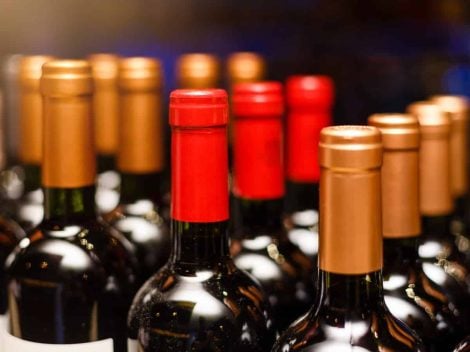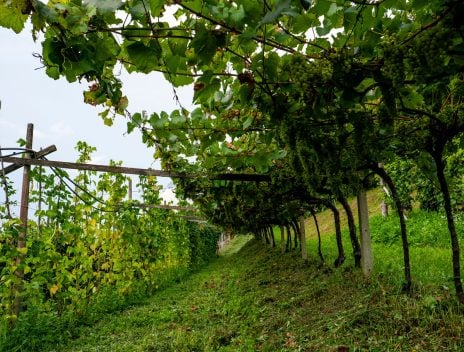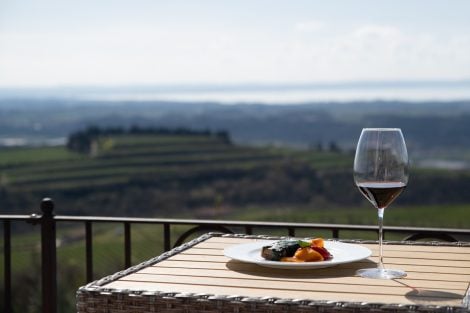Green light for increasing the Rosso di Montalcino vineyard area. Following the proposal approved by the members' assembly of the Consorzio del Vino Brunello di Montalcino last December, the Region has now also ratified the expansion of the claimable surface area for the denomination.
Up to 60% more hectares for Rosso
The DOC vineyard, currently covering 519.7 hectares, can be increased by up to 364 hectares (+60%). However, the expansion will not involve planting new vines: the additional claimable hectares are already part of the territory's maps as plots cultivated with Sangiovese but free from restricted registers. In terms of bottles, the potential additional production of Rosso will be just over 3 million, which will be added to the current average of around 3.6 million bottles per year. The news of the DOC expansion comes just days before Red Montalcino, the event organized by the consortium dedicated to the contemporary Rosso denomination, scheduled for Friday, June 21 (from 6 pm) at the Fortress of the Tuscan village.
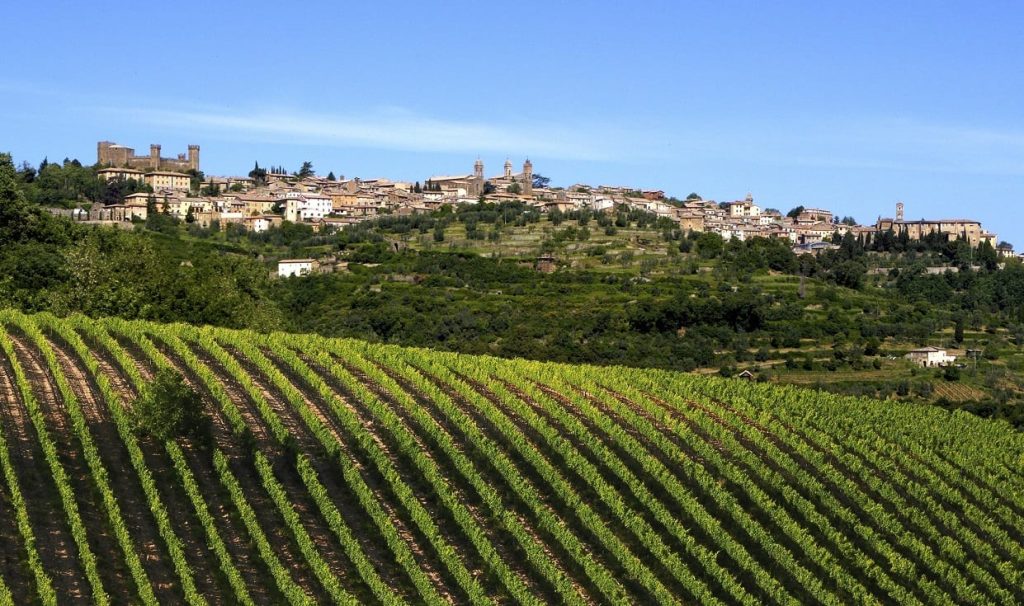
Strong push from abroad
"The Region's resolution comes just in time for the fortieth anniversary of Rosso di Montalcino. Our producers can now officially expand their production to meet the growing market demand, including internationally," commented Consorzio President Fabrizio Bindocci. Until 2022, the majority of Rosso di Montalcino DOC sales were domestic, accounting for 55%. In 2023, with a sharper decline in the national market, there was a rebalancing of sales abroad, which increased their share to 47% of the total. Confirmation of this trend came from a Wall Street Journal article praising Rosso, calling it a "Baby Brunello, but more affordable." Today, Rosso di Montalcino is sold in over 90 countries. According to the Consorzio's Economic Observatory data, about 40% of sales value is generated by the US market, followed by Canada (14%), making the total North American market share 51%. The second-tier markets are all European, led by Germany (6%), Sweden (5%), the UK (4%), and Norway (1%).


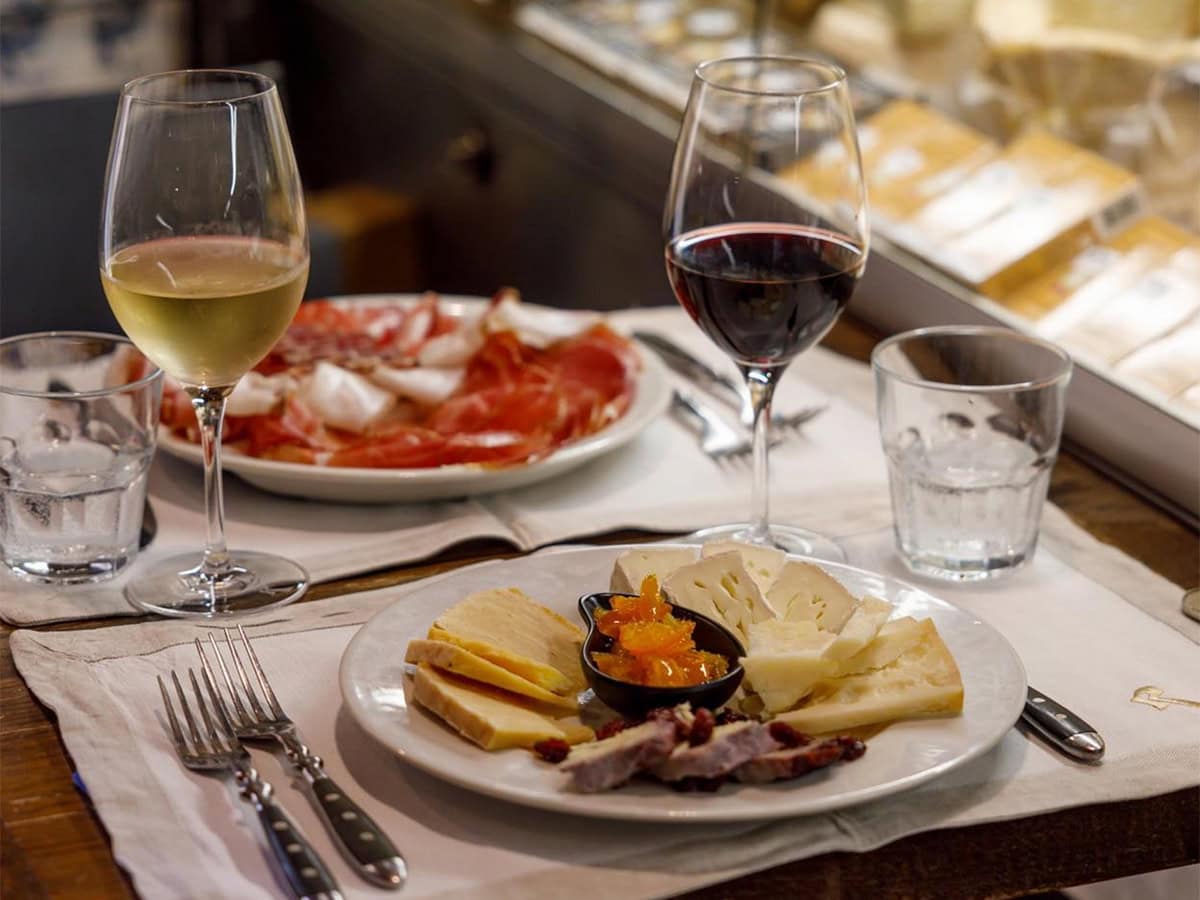 Where to drink in Rome: the best Wine Bars with food selected by Gambero Rosso
Where to drink in Rome: the best Wine Bars with food selected by Gambero Rosso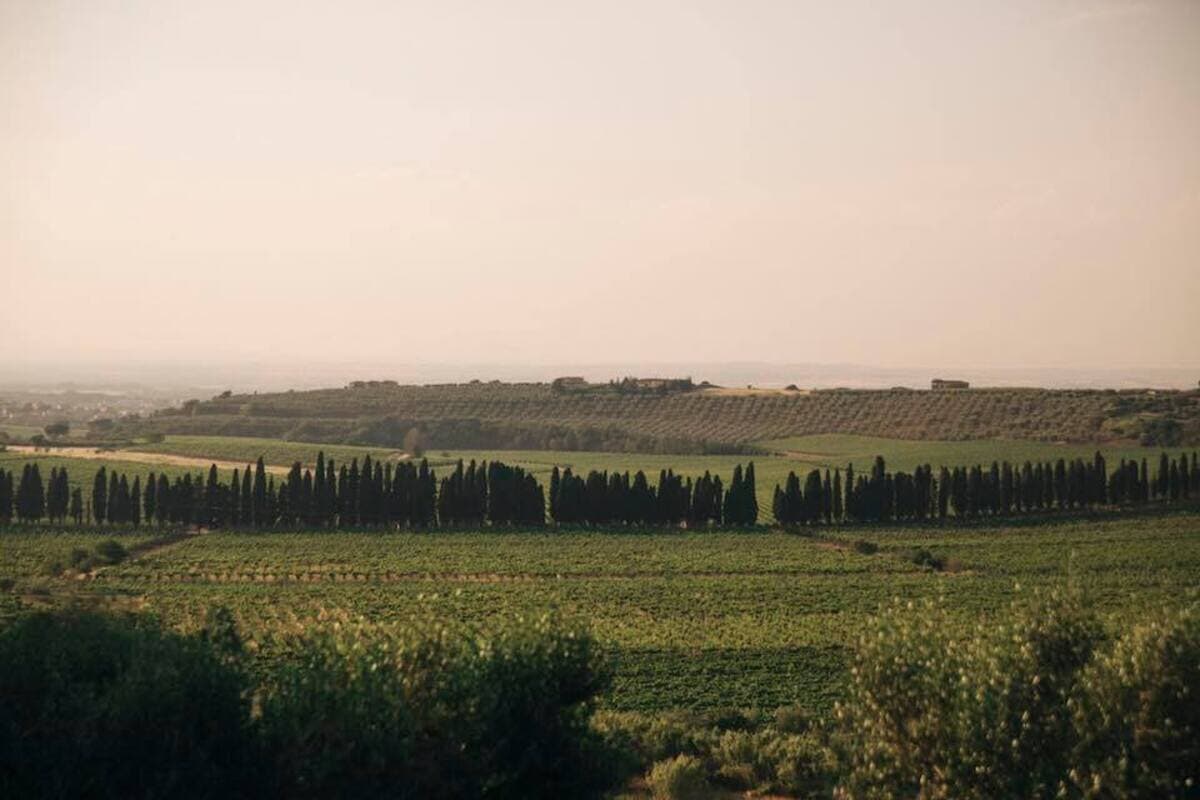 The Consorzio dei Vignaioli del Lazio is born. This is how artisan producers challenge the agro-industrial model
The Consorzio dei Vignaioli del Lazio is born. This is how artisan producers challenge the agro-industrial model Where to eat gelato in Milan: the best spots
Where to eat gelato in Milan: the best spots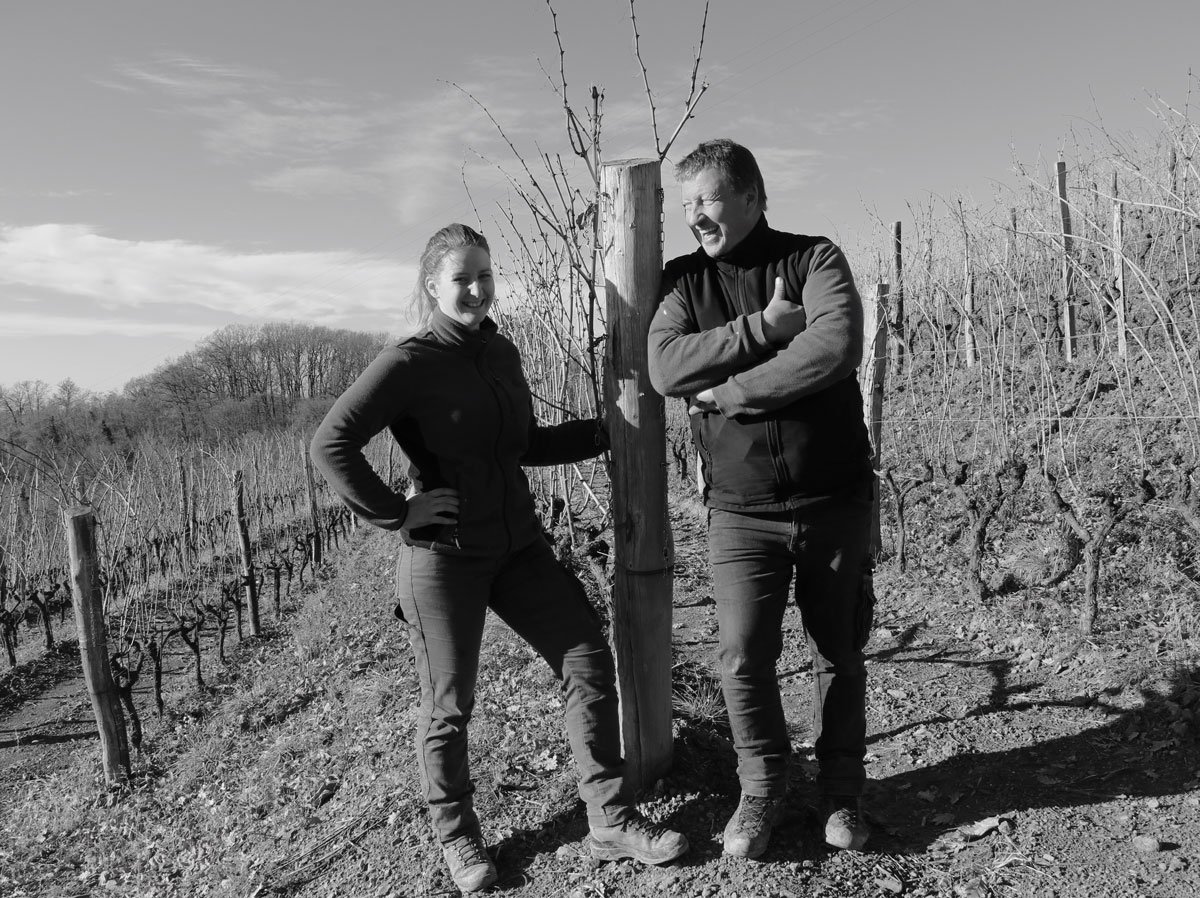 "I never thought wine was natural — it's the biggest nonsense I've ever heard." Interview with Damjan Podversic
"I never thought wine was natural — it's the biggest nonsense I've ever heard." Interview with Damjan Podversic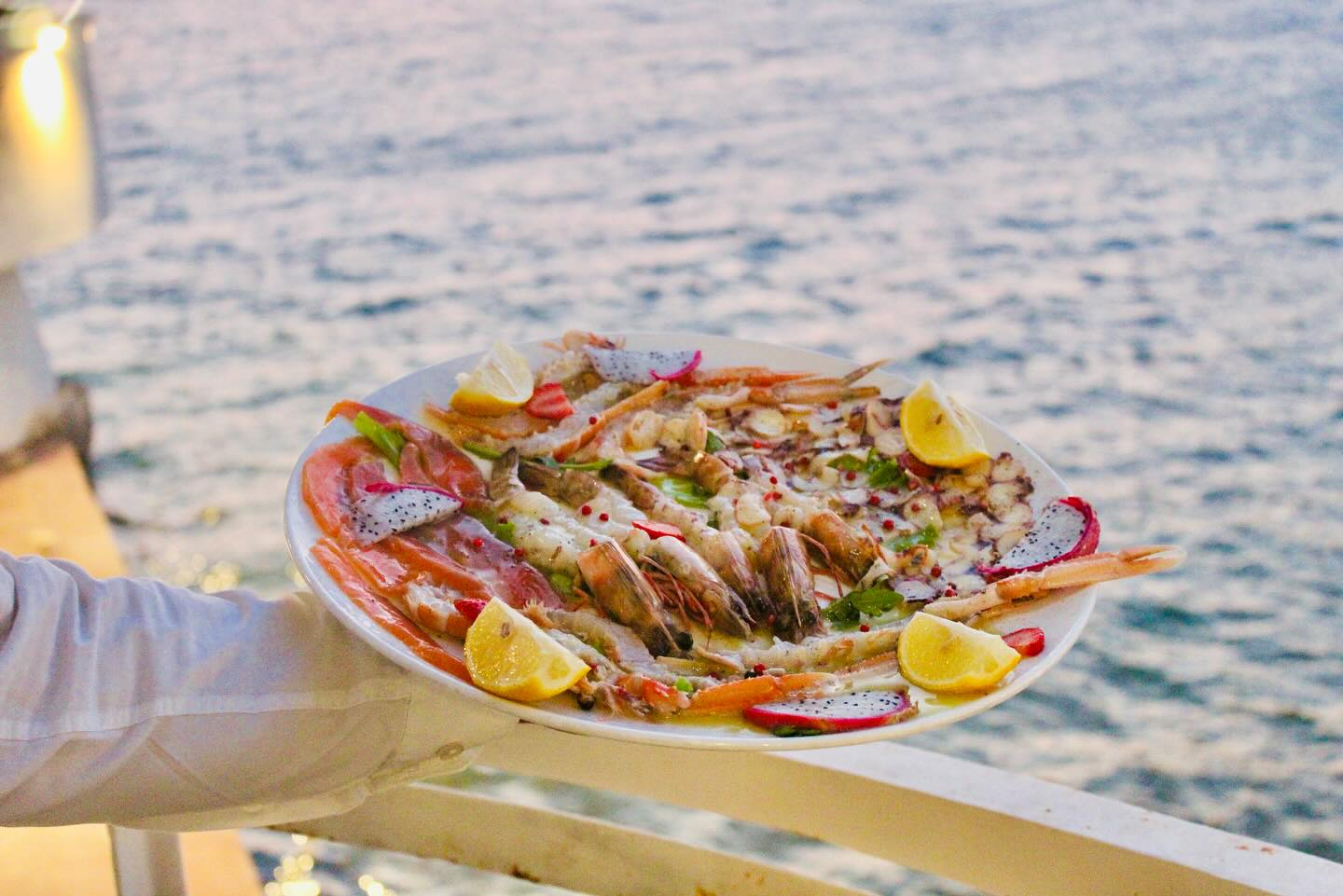 This year the Giro d’Italia starts in Durrës. Here are 4 unmissable places to eat in the Albanian city
This year the Giro d’Italia starts in Durrës. Here are 4 unmissable places to eat in the Albanian city


